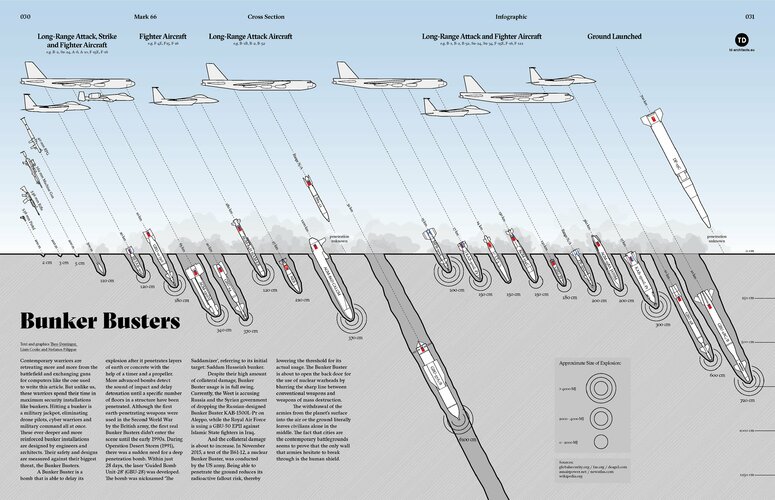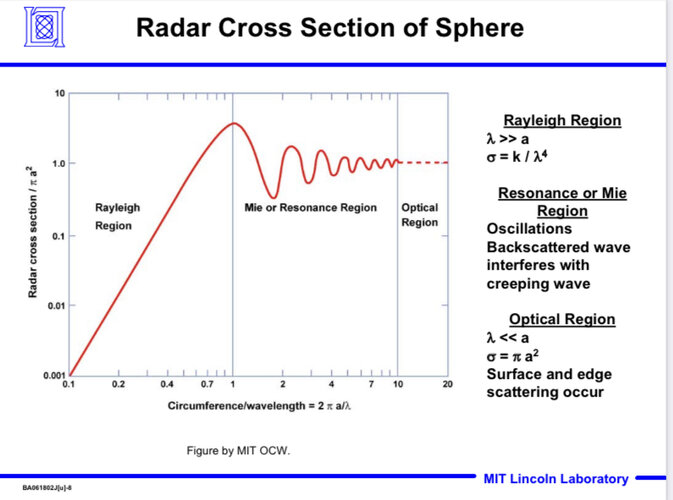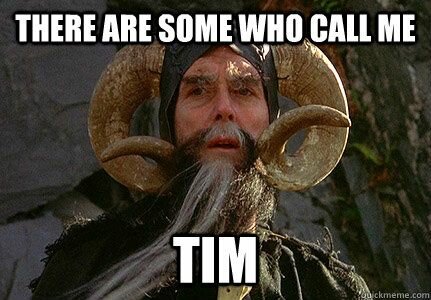There’s no way anyone gets any until the USAF has at least replaced the B-1 force. Likely B-2 as well, given their strong desire to discontinue entire types of aircraft to end training/maintenance cycles for cost savings. Then maybe a couple of the most trusted allies would be offered such, if they they had any interest, which I doubt most would for cost reasons. About the only country I think which might actually have enough of a need despite the high cost is Australia. It looks like this is going to be a very long ranged platform that potentially wouldn’t need an escort, which *might* justify costs. Their basing of US bombers will likely mean they already have access to host infrastructure. But I think we’d be talking about the late 2030s by then and the entire geopolitical situation maybe completely different anyway.
Last edited:











